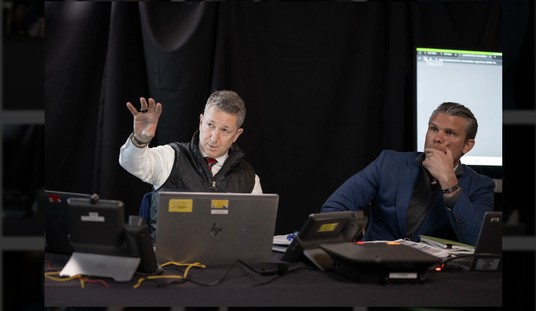Thomas S. Monson, president and prophet of The Church of Jesus Christ of Latter-day Saints, passed away last night at the age of 90. In a worldwide church where leadership at the level of president and apostle is essentially a life-long appointment, this isn’t a novel event to most members. In my own 14-year membership in the LDS Church, this is the second death of a president I’ve experienced. And it certainly won’t be the last.
How Did Monson Become the President?
The Church of Jesus Christ of Latter-day Saints has a creed known as “The Articles of Faith” which outline our most basic beliefs in 13 categories. The sixth article states, “We believe in the same organization that existed in the Primitive Church, namely, apostles, prophets, pastors, teachers, evangelists, and so forth.”
So yes, our governing church body is headed by the prophet and president of the church with his two counselors (who make up the First Presidency), followed thereafter by the quorum of the Twelve Apostles. President Monson was called by revelation and sustained by the general membership of the Church to be an apostle when he was only 36 years old in 1963. He was chosen to be a counselor to three different church presidents over a period of 22 years before succeeding President Gordon B. Hinckley after his death in 2008.
Similar to the nomination and election of the pope in the Catholic Church, the selection of the prophet is made from and by the next-highest governing body of church leadership — in the case of the Catholic Church it is by the College of Cardinals; in the Church of Jesus Christ it is by the Quorum of the Twelve Apostles.
However, much unlike the papal nomination made and selected during the Catholic Conclave, the appointment of a new president is swift and orderly in a meeting devoid of lobbying or electioneering. There is no real aspiration of moving up the ranks of leadership, but rather it becomes a measure of personal worthiness and willingness to serve if called upon.
Who Leads the Church Now?
Upon the death of the prophet and president of The Church of Jesus Christ of Latter-day Saints, the First Presidency (consisting of the president and his two counselors) is automatically dissolved. The two counselors then revert back to their places of seniority within the Quorum of the Twelve Apostles, which is determined by the date on which the apostle was ordained, not by age.
With the governing body of the Church now as the remaining apostles, the senior apostle assumes formal church leadership until, traditionally, the previous president has been laid to rest. The Church’s senior-most apostle today is former cardiothoracic surgeon Russell M. Nelson, who at age 93 has been a member of the Quorum of the Twelve Apostles since April of 1984. Nelson has served as the President of the Quorum of the Twelve since July 2015.
Assuming the Quorum won’t break with tradition, a formal meeting to discuss succession will not be held until after President Monson’s funeral. At this meeting, President Nelson will preside as two alternative propositions are made — should the First Presidency be reorganized, or should the Church continue to function with the Quorum of the Twelve presiding? A formal motion is then made and presumably passed.
Voting
You may recall the voting process the Catholic Church held to elect a new pope after Pope Benedict XVI stepped down in 2013. In that instance, a two-thirds majority had to be in favor of electing a new pope and it took a total of five rounds of voting over the course of two days. While the pontiff can technically be chosen from the entirety of the baptized male population of the Catholic Church, the only non-cardinal to be elected to the office of pope happened in 1387.
Within the Church of Jesus Christ of Latter-day Saints when the motion to reorganize the First Presidency is passed, a vote is also held. Again differing from the process followed within the Catholic Church, this is a simple and straightforward process in which the Quorum of the Twelve unanimously selects the new president of the church. The new president then prayerfully selects two counselors from the remaining 13 members of the Quorum of the Twelve Apostles and the three of them become the new First Presidency.
Throughout the history of the Church, the longest-serving apostle has always become the president upon the reorganization of the First Presidency, but this seems to be tradition as opposed to canon.
The interesting thing that happens with the senior-most apostle being called, while not based on age as previously stated, is that he tends to be significantly older than most local and regional church leadership. If tradition holds and President Russell M. Nelson is unanimously voted in and sustained as the new prophet and president of the Church of Jesus Christ of Latter-day Saints, he will be the second-oldest president of the church called, only missing out on that distinction by a few months as Joseph Fielding Smith was 93 years and 6 months old when called.
Regardless of how the presidential succession plays out within the Church of Jesus Christ of Latter-day Saints in the next few weeks, I know the Church is being guided and directed under the most capable leadership we could be blessed with. That brings with it peace and confidence I can truly say I have yet to find in other recent leadership appointments in our own country and around the globe.









Join the conversation as a VIP Member